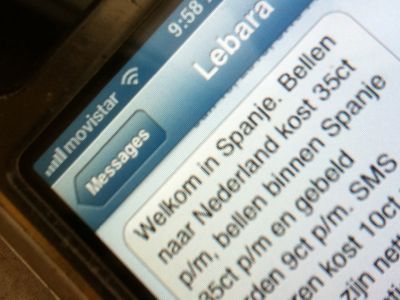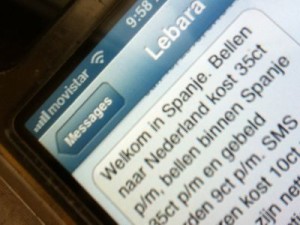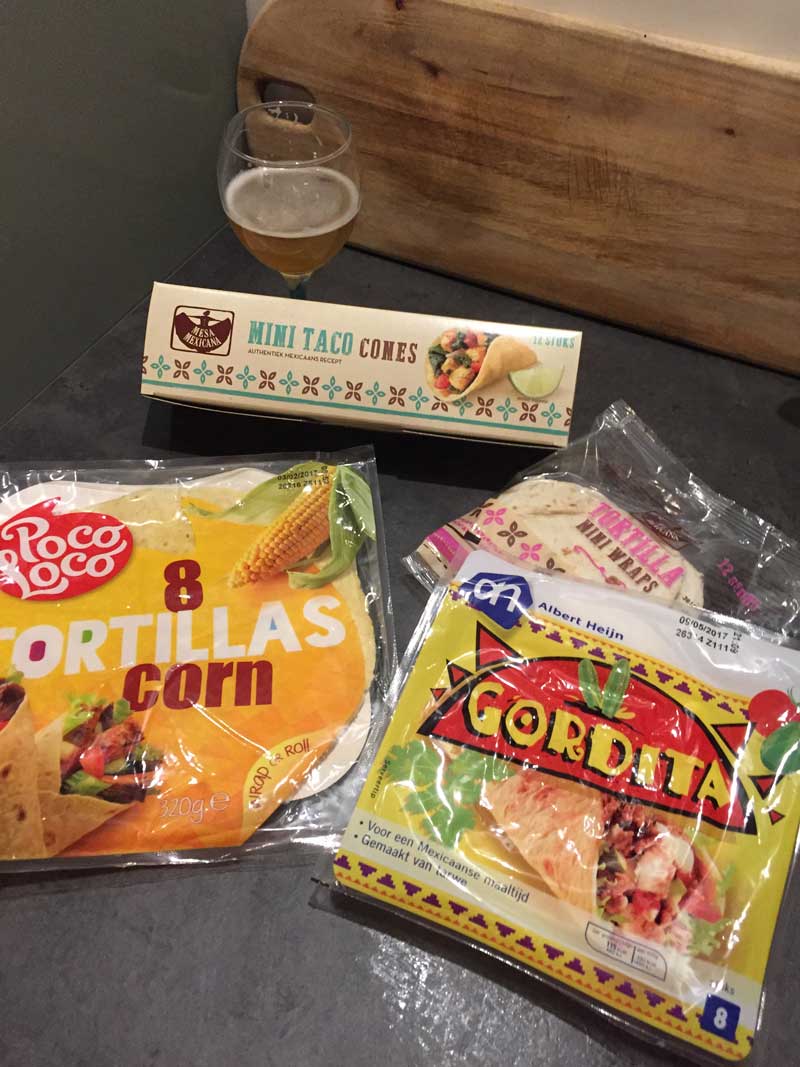
Bring Your Old Smartphone to Europe

Going on a trip abroad? Have an old smartphone lying around? Bring it.

Going on a trip abroad? Bring your old smartphone.
If you have a smartphone that’s out of its contract, you can probably bring it to another country and buy a prepaid SIM card for it and voila: you have a working new phone with a local number, credit to make calls and (maybe) even Internet usage.
We always wanted to avoid the high charges our local U.S. carrier charges for calling (and worse: roaming or Internet) abroad. We’d just buy a cheapie phone at a local shop and have a local number to call friends, hotels, or get a call from a friend or whoever. It works OK, but you have to remember your number, email it to people, and since it’s an old not-very-smart phone, it’s tedious to put in contacts, etc. Plus, I really wanted the occasional Internet access. In fact, Internet access has become more important than calling. Europeans seem to use an app called WhatsApp as their default messaging system and not the built-in text messaging app on their phone (e.g. iMessages from Apple).
Here are the steps we followed to get it all working in Holland. Other European countries, in fact, most other countries are often even further advanced in mobile phone use than the U.S. so they often know better than we do about these next steps and how to help. Not to mention it’s often quite a bit cheaper in other countries than in the States.
1.) “Deactivate” your phone in your home country.
I called AT&T to do this and the rep said that since my old iPhone 3Gs was already out of contract I didn’t need to call. Apparently, since April 2012, AT&T has made it easier to switch providers and have removed the “lock” on the phones that started out with their contracts. At least that’s what I understood. He said that all I really needed to do was hook it up to a computer and “Set it up as a new phone.” Careful that you back up anything on that old phone that’s not backed up somewhere else.
2.) Resync your contacts (and whatever else you’d like synced).
I’m an Apple guy and I use their products and appreciate them. For example, if you sync your contacts through your iCloud account, now that your old phone is cleaned out, you just enter your iCloud account and password and you’re all set with contacts, calendar, photo streams, and even email if you choose.
3.) Bring your phone to a phone or electronics store to get a SIM card.
Important to note at this point is that you need more than just the minutes, you need a new SIM card. Bring your phone with you as, for example, the SIM card that fits into an iPhone 3Gs and an iPhone 5 were not the same (normal size SIM versus a nano SIM). It seems that if you have an iPhone 5, they just cut a piece off of the larger SIM to make it fit! I didn’t want to be doing that myself, so I asked if they could install it for me. He did. You need that tiny little key to get the SIM card out. I chose a SIM from a certain provider that came with a package of minutes and Internet usage.
4.) Choose a plan.
I chose to go to an electronics store where they had many different providers on offer. In other words, I didn’t walk into a Vodafone shop where I could only get Vodafone. As I don’t live in Europe any longer, I didn’t recognize any of the brands so I was happy to rely on the sales guy at the counter to help me choose what I needed. I explained that I didn’t need a lot of minutes, but that I would like some Internet bandwidth.
He offered a SIM card and plan from Lebara (lebara.nl). I had seen ads on billboards already for their cheap rates. It was 7.50 Euros and if I activated something or other online I could double my minutes to 15 Euros. Plus this particular plan had 200 MB of Internet usage. Perfect.
So for a grand total of 7.50 Euros (around 10 dollars) I had my used-to-be-in-a-drawer smartphone with a local Dutch number, prepaid minutes ready to be used, and even a good chunk of don’t-do-any-movie-streaming Internet bandwidth to use WhatsApp, use maps, find reviews, get train schedules, etc.
Too good to be true?
If you’re calculating with me, that was 10 bucks to get the whole thing rolling. The big question is then what do the minutes cost? This is where they get you. Of course, they’re happy to give you a free SIM card and a bargain of a starter package so that when you use up your minutes, you need more and you’ll buy more from them. If you’re comparing it to landline (a what?) or your monthly rate back home, it’s going to sound like a lot. But then again, you just got a new phone number in your new local country, it works, you can call and be called, and you have Internet. It’s not going to be cheap. That said, I didn’t find it outrageous. Speaking of outrageous, Lebara just announced that prices were being reduced (who does that?). Here are a few simple examples of rates they sent me.
- 29 ct/min calling within Holland
- 8 ct/min receiving calls within Holland
When we arrived in Spain, I got a text from Lebara about rates in Spain.
- 35 ct/min to call Holland
- 35 ct/min calling in Spain (to a Spanish number)
- 9 ct/min to receiving calls in Spain (from a Spanish number)
- 10 ct/text for SMS or text messages
So far, so good. My only surprise was that my Internet in Spain wasn’t working. I finally found some FAQ that said that the Internet was only good in Holland. Oh well, we have WiFi in our place so I don’t mind too much. It’s really just nice to be able to find yourself on a map and that sort of thing. But hey, we’re traveling, I have a paper map. I need to teach the kids geography anyway, right? 😉
Finally, when we arrived in Spain, I found another technology that I hadn’t really thought of but was offered to us and I have to say, might trump the whole old phone and new SIM card altogether. I’ll post that next. Until then, you can “WhatsApp Me” at my Dutch cell phone number and I’ll get the message … if I knew the number.





























Trackbacks/Pingbacks